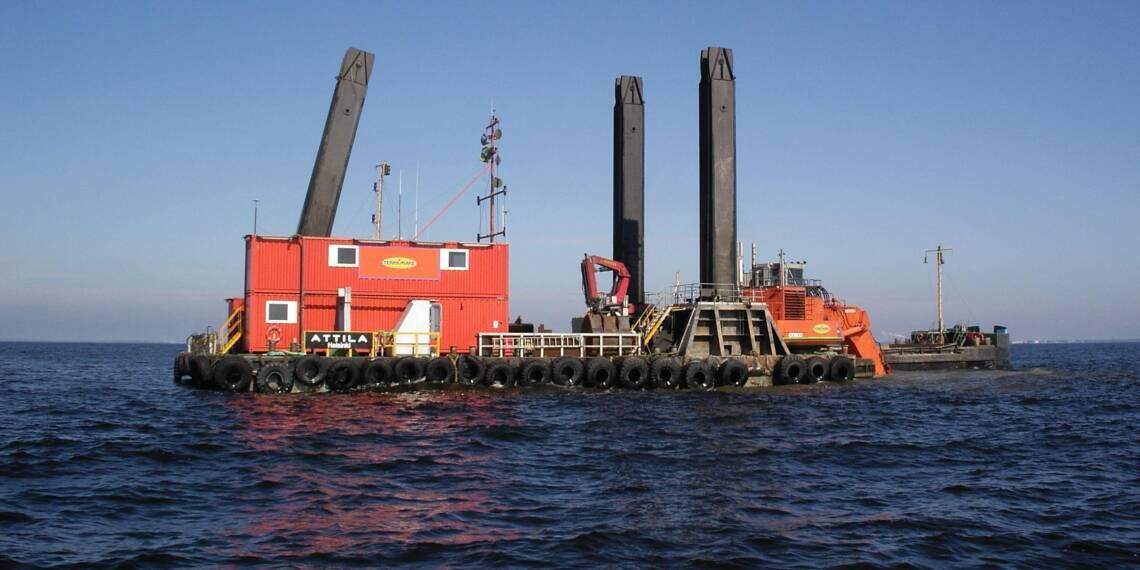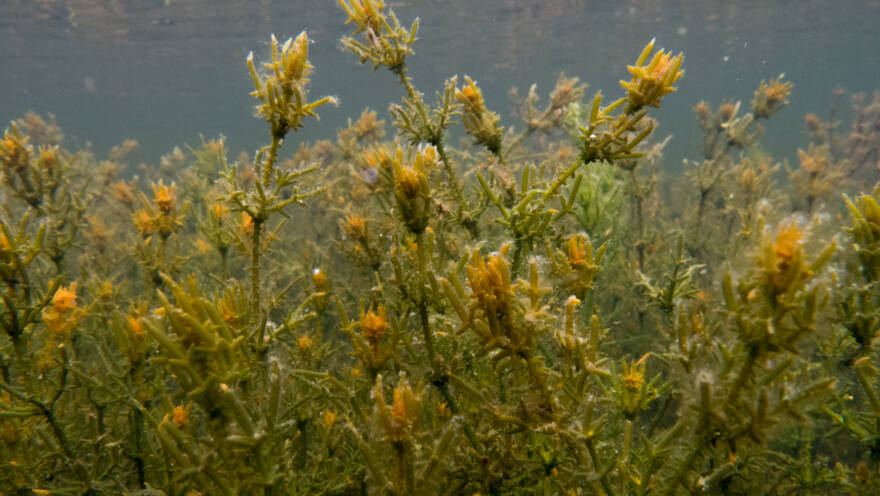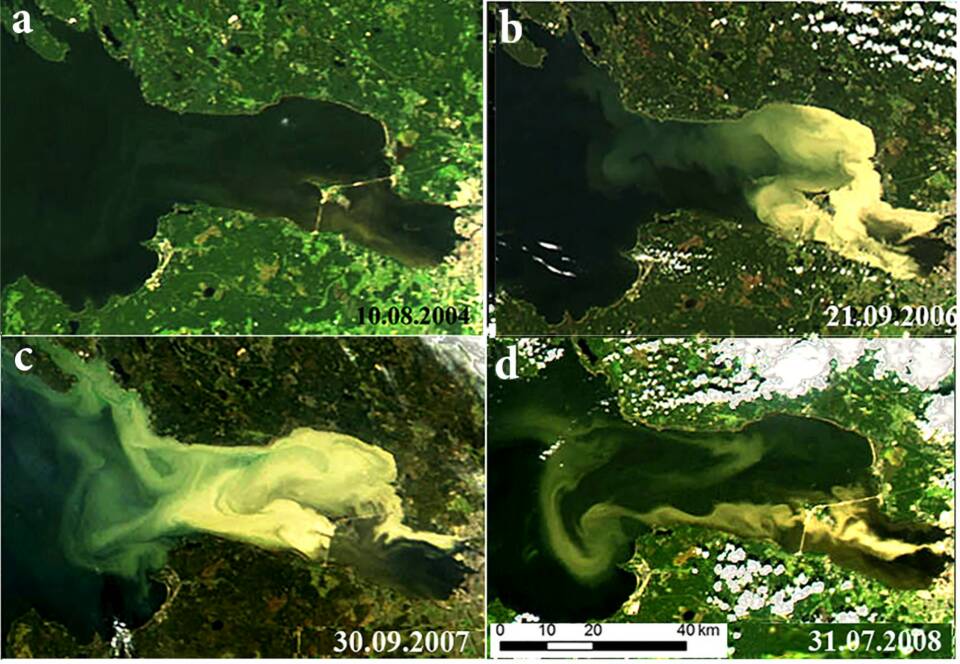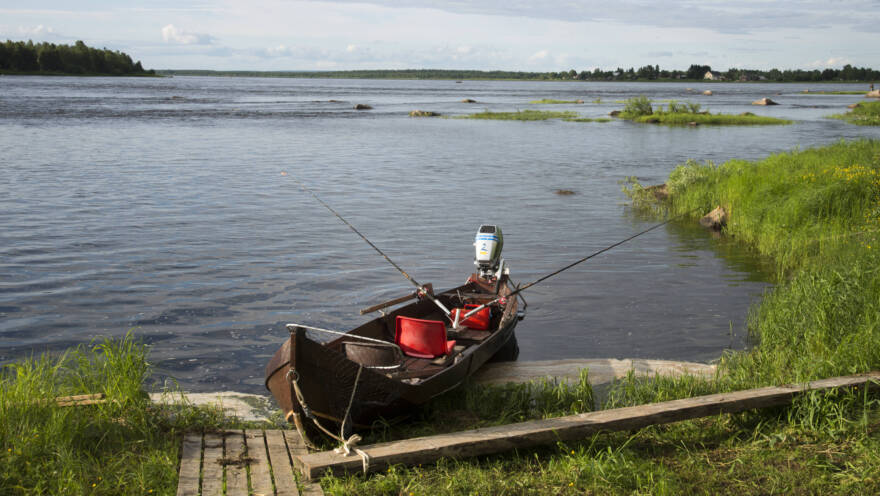


Activities affecting the seabed cause various harms to marine nature. Construction, dredging, and marine sand extraction destroy habitats. They can also cloud the water and release harmful substances buried in the sediments.
The dense population and rapid societal development around the Baltic Sea create usage pressures on coastal and marine areas. The high demand for building land increases construction on the shores, as well as embankment and land reclamation. The use of the open sea is also increasing. Shipping lanes are being delineated, and wind farms are being planned. Long cables and pipes are laid on the seabed, and marine sand is extracted. All these activities strain the marine environment.
Some of the need to modify the seabed is due to natural developments. Land uplift and material brought by rivers shallow coastal waters, necessitating repeated dredging of channels and harbors. Dredging is also sought as a solution for maintaining cottage shores and pleasure boat routes.
Dredging, marine sand extraction, and the disposal of dredged material release fine particulate matter from the seabed into the water. This particulate matter degrades water quality and forms turbidity clouds. The extent of the impacts varies depending on the area’s flow conditions and sediment quality.
Turbidity clouds shade the seabed. Light-dependent plants and algae decline, which can affect the entire community structure. When the particulate matter eventually settles on the bottom, it may smother benthic plant and algae communities and cover fish spawning areas. Mussels that filter food from the water also suffer from the sedimentation of the seabed.
Sedimentation caused by settling particulate matter is particularly harmful to certain sensitive habitats, such as reef algae and blue mussel beds


Dredging may also mobilize harmful substances buried in the seabed, which have accumulated in the Baltic Sea’s bottom sediment over decades. Harmful substances are found throughout the Baltic Sea area, but most are near coastal industrial plants, ports, and urban areas.
When major construction work was carried out in the Neva Bay from 2006 to 2008, fine particles and the harmful substances bound to them were transported to the Gulf of Finland, even tens of kilometers from the coast

The harmful substances contained in the sediments are fairly well known at a general level. However, detailed information about the most contaminated sites is often lacking. It is not known very precisely what substances and how much have been buried in the sediments.
The lack of information can cause unpleasant surprises. When the Vuosaari Harbour dredging began in the spring of 2003, the work had to be quickly halted due to the discovery of toxic tributyltin (TBT) in the seabed. The substance originated from a shipyard in the area, where old paint had been removed from ships by sandblasting. The TBT-contaminated sediments had to be removed and stabilized before the work could continue.
Dredging the seabed and extracting marine sand are drastic actions that destroy the biota of the dredged area and expose the seabed to erosion. The effects of these actions are usually long-lasting. If dredging needs to be repeated at regular intervals, for example, for the maintenance of a channel, the habitat usually does not have time to recover at all. The surface material of the sediment may also change as a result of dredging, which affects the biotic community that may develop in the area.
Dredging also changes the shapes of the seabed. This can directly affect the living conditions of organisms, but it can also change water flows. For example, opening a boat route at the mouth of a bay that is separating from the sea, known as a flada, increases the flow of seawater into the sheltered flada, which can, at worst, destroy the vegetation characteristic of the flada.
Seabed habitats are also permanently lost due to the filling of water areas and the construction of embankments. The seabed is also covered by the structures of piers and offshore wind turbines, as well as underwater pipes and cables. On the other hand, new structures can also act as a kind of artificial reef, providing a suitable attachment surface for some species.


The impact area of actions targeting the seabed in Finland is relatively small compared to the entire marine area. However, dredging and construction can have a significant local impact on seabed habitats.
Habitats have been lost the most in the Gulf of Finland, especially in its littoral zone, which is the shallow coastal area affected by waves and where light is sufficient for the growth of aquatic plants. More than two percent of the littoral zone of the Gulf of Finland has been lost due to marine construction and dredging.

